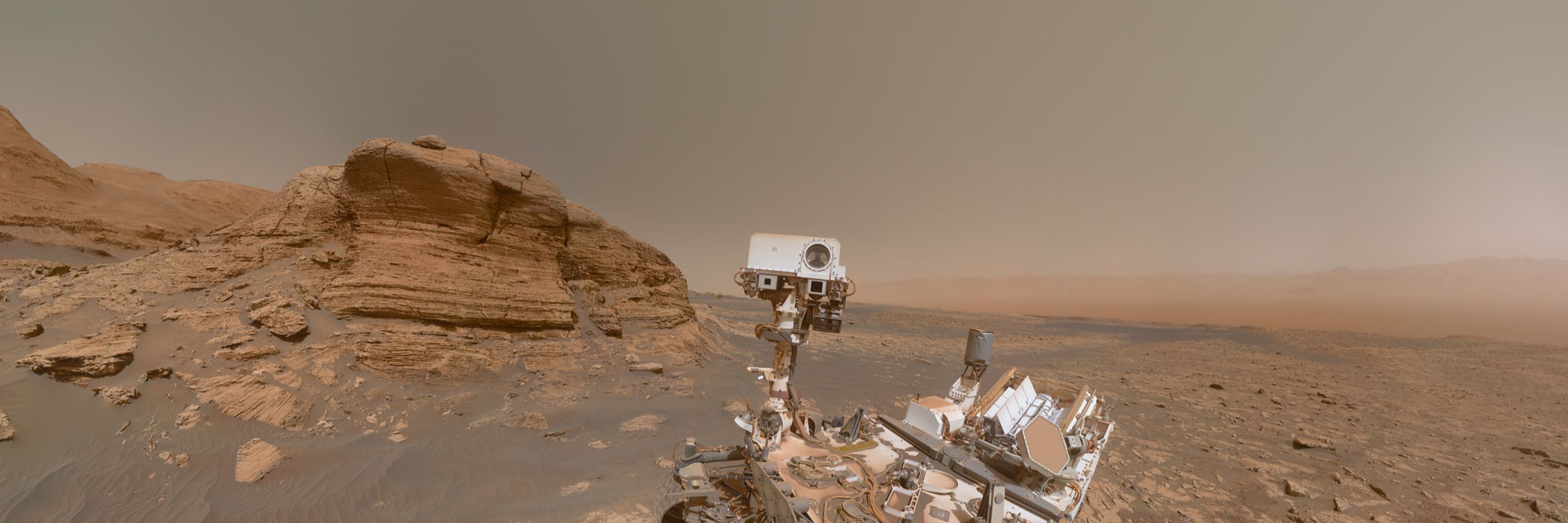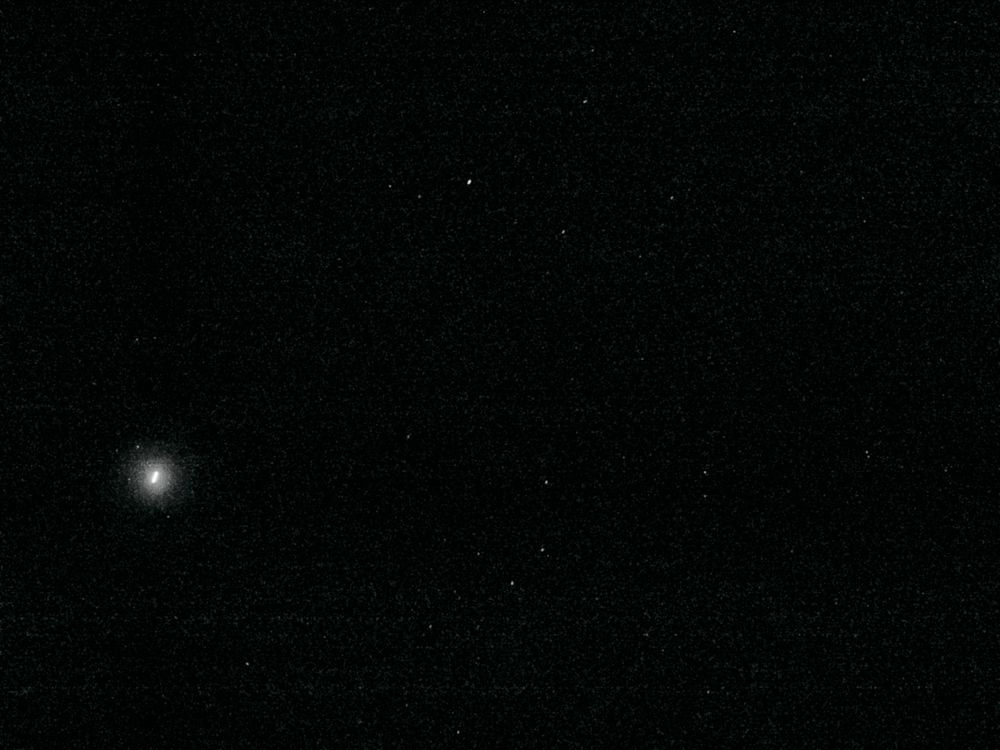Simeon Schmauß
@stim3on.bsky.social
4.1K followers
650 following
1.2K posts
dabbling with photogrammetry, astrophotography, GIS and more...
https://sschmaus.github.io/links/
Posts
Media
Videos
Starter Packs
Pinned
Reposted by Simeon Schmauß
Reposted by Simeon Schmauß
Reposted by Simeon Schmauß
Reposted by Simeon Schmauß
Reposted by Simeon Schmauß
Reposted by Simeon Schmauß






